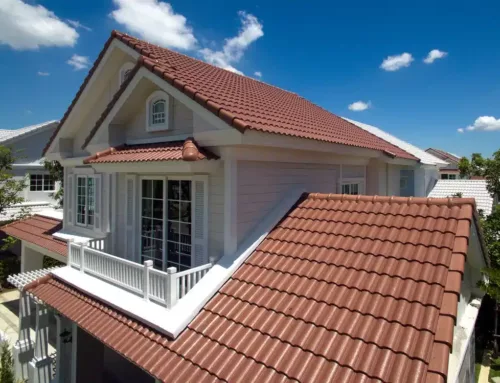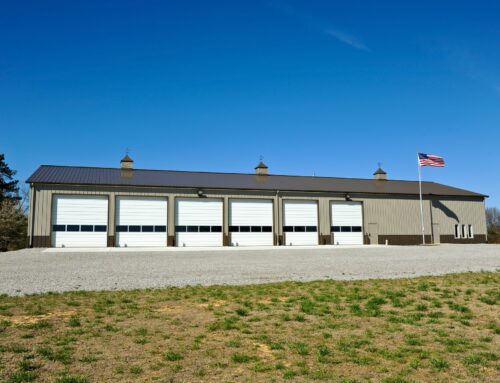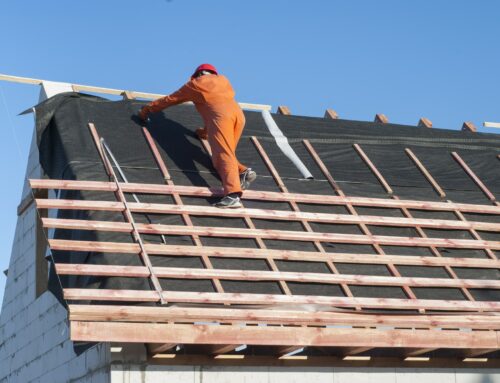When is the best time to replace your roof? Eventually every roof reaches the end of its lifespan. When you choose to replace it can impact a variety of factors. If your roof replacement is necessitated by damage, you may have little control over the timing of the replacement. But, if your roof replacement is due wear and tear, you have more flexibility with the scheduling of the work.
The best time to schedule a roof replacement is when you’ve had time to plan ahead. This allows you to do your homework and feel confident with your decisions. Be sure to take your own schedule into account. Don’t schedule your roof replacement when you’re getting ready to go out of town or expecting house guests.
Beyond your own scheduling conflicts, weather is an important consideration. Warm, dry weather with no rain or wind is needed to prevent water from getting into your home during the installation process. From a weather standpoint, fall is the ideal time to replace your roof. Temperatures are mild and there is less precipitation than other seasons. But fall is also the busiest time for roofing contractors. Homeowners who have put off replacing their roof panic as they realize winter is just around the corner. Roofing companies get swamped with projects. Roofing companies have their longest lead times during the fall. Customers may have to be prioritized and those with roofing issues that aren’t considered critical may be pushed to early winter.
In contrast, spring and early summer is the slow season for roofing contractors. Choosing this slow season provides you with several benefits:
Better price. Suppliers often raise prices right before the start of the busy season. In turn, roofing companies must raise their prices accordingly. Some roofing companies also offer deals during their slow seasons to ensure they can keep crews busy.
Faster completion. Since there isn’t as much demand during the slow season, roofing companies can begin projects faster. During peak season, the lead time to begin a roofing project could be 4 to 6 weeks or more. During the slow season, it could be as little as 2 to 3 weeks. Because they don’t have as many projects going at once, roofing contractors don’t have to spread their teams as thin, which allows them to complete projects faster.
Less stress. Scheduling your installation during the slow season will produce less stress for both you and your roofer. You won’t be waiting weeks or months for your contractor to begin your installation and it will be easier to reach your roofer with questions or concerns. During the busy season, your roofing contractor may be swamped with calls and take longer to return your calls.
If you know you’re getting close to needing a new roof, start planning now. Schedule your project early and sign a contract to lock in labor and material costs to ensure the best price.






